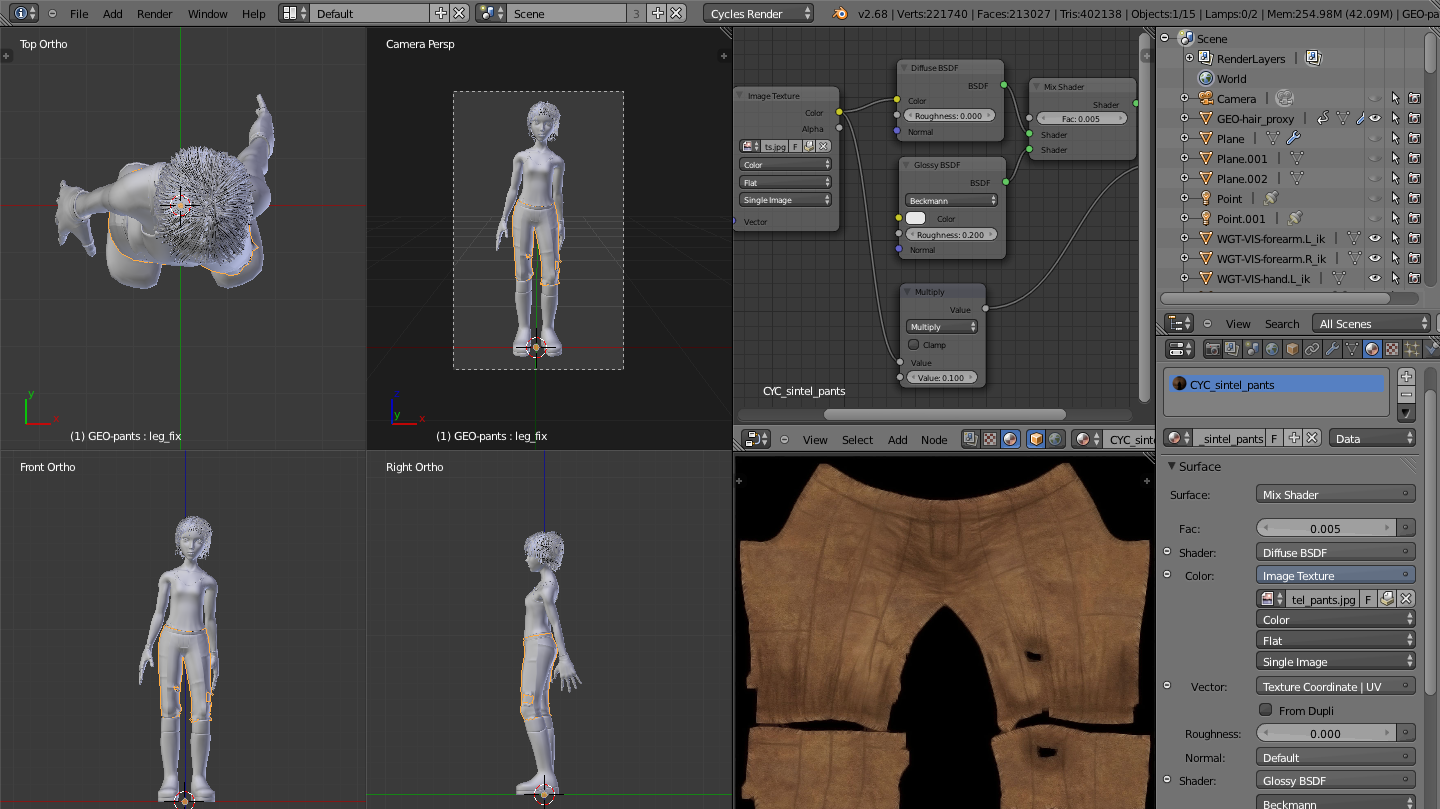
However, it also provides a security benefit since all your settings are stored on the removable storage device. The main benefit of portable software is that you can run applications on any compatible machine.

Other portable platforms include Ceedo, winPenPack, and SmartKey, the successor to the U3 platform developed by SanDisk. The most popular portable platform is, which supports over 300 portable applications.

By consolidating all your portable apps on one device, you can bring your desktop applications – along with all your files and settings – with you wherever you go. Since there are many portable applications available, it is common to include multiple apps on one removable drive, managed by a single portable platform. All of these programs are available in both standard and portable versions. Examples of other portable apps include Blender Portable – a 3D modeling application, Eclipse Portable – a software IDE, and Media Player Classic Portable – a media playback program. For example, LibreOffice and OpenOffice are both available in "portable" versions that can be run from a flash drive. Portable software can refer to 1) individual portable applications or 2) portable software platforms.Īpplications that run from external media without requiring installation are considered portable apps. Instead, all user settings and related files are stored on the removable drive. It does not need to be installed on a computer to run and does not store data on the host system. Portable software is software that runs from a removable storage device, such as a USB flash drive.


 0 kommentar(er)
0 kommentar(er)
